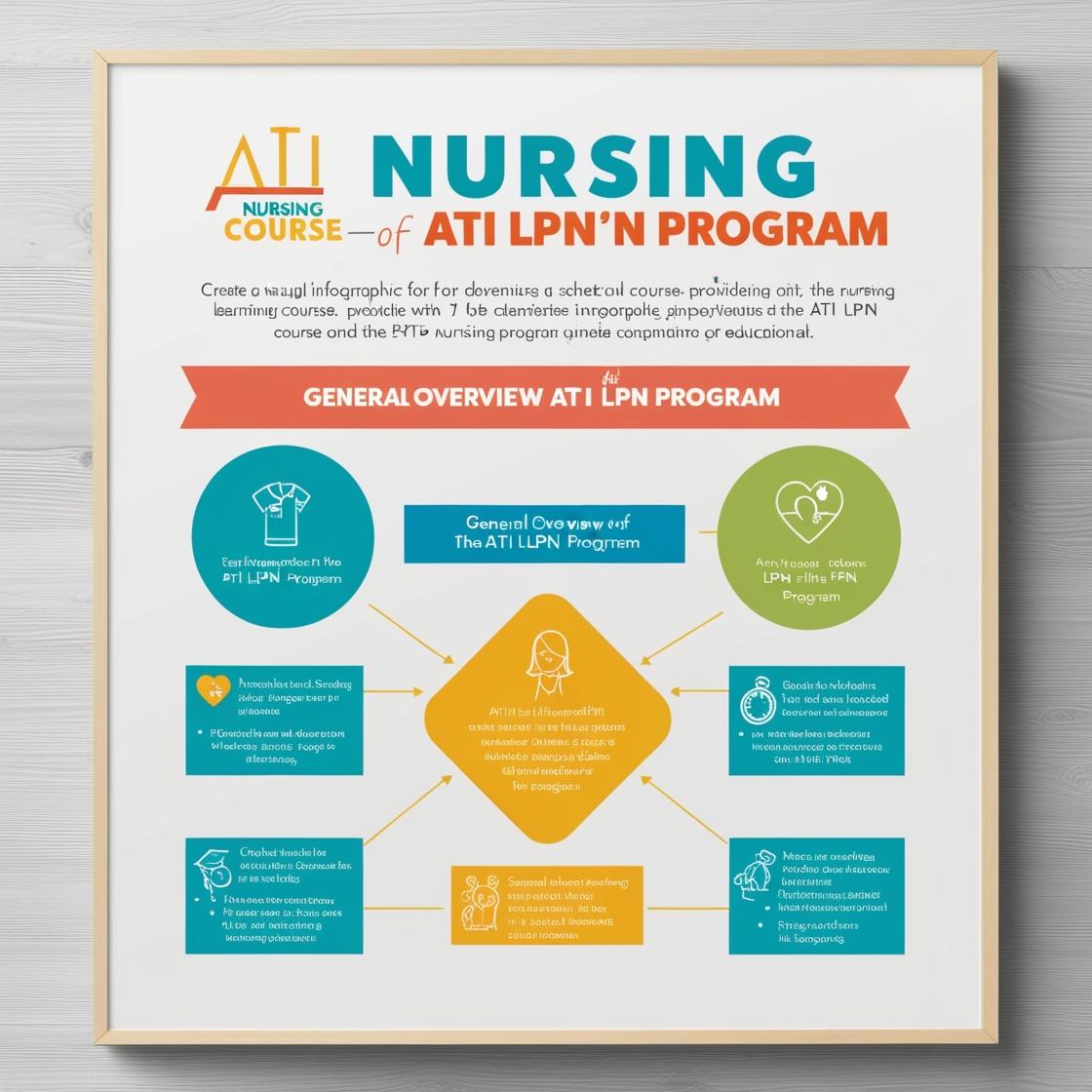LPN LPN
ATI PN Comprehensive Predictor 2020 Answers
1. What are the signs and symptoms of a potential infection?
- A. Fever, chills, and increased heart rate
- B. Increased white blood cell count and fever
- C. Shortness of breath and confusion
- D. Sweating and low blood pressure
Correct answer: A
Rationale: The correct answer is A: Fever, chills, and increased heart rate are classic signs of an infection. These symptoms indicate the body's response to an invading pathogen. Choice B, 'Increased white blood cell count and fever,' is not a primary symptom that a person would typically notice themselves, and white blood cell count needs to be tested. Choice C, 'Shortness of breath and confusion,' may indicate other conditions like heart or lung issues rather than a general infection. Choice D, 'Sweating and low blood pressure,' are not specific to infections and can be caused by various factors like heat or dehydration.
2. A nurse is caring for a client who has diabetes mellitus and is experiencing hypoglycemia. Which of the following findings should the nurse expect?
- A. Bradycardia
- B. Tachycardia
- C. Hypotension
- D. Diaphoresis
Correct answer: A
Rationale: Corrected Rationale: Bradycardia is a common sign of hypoglycemia due to the body's response to low blood sugar. During hypoglycemia, the body releases epinephrine, leading to sympathetic nervous system activation. This can result in bradycardia as a compensatory mechanism to preserve glucose for vital organs such as the brain. Tachycardia, hypotension, and diaphoresis are more commonly associated with hypoglycemia when it progresses to severe stages and the body's compensatory mechanisms are overwhelmed.
3. A nurse is caring for a client who has dementia. Which of the following interventions should the nurse take to minimize the risk of injury for this client?
- A. Use a bed exit alarm system
- B. Raise all four side rails while the client is in bed
- C. Apply one soft wrist restraint
- D. Dim the lights in the client's room
Correct answer: A
Rationale: Using a bed exit alarm system is crucial in minimizing the risk of injury for a client with dementia. This intervention helps alert staff when the client is attempting to leave the bed, reducing the chances of falls. Raising all four side rails while the client is in bed (Choice B) can lead to restraint-related issues and is not recommended unless necessary for safety reasons. Applying a soft wrist restraint (Choice C) is generally not the first choice in managing clients with dementia due to the risk of complications and loss of mobility. Dimming the lights in the client's room (Choice D) may not directly address the risk of injury associated with dementia and may even increase the risk of falls due to poor visibility.
4. A client who has undergone vein ligation and stripping to treat varicose veins should be instructed to do which of the following activities during discharge teaching?
- A. Remain sedentary for 2-3 days
- B. Walk for 1-2 hours each day
- C. Wear compression stockings only at night
- D. Elevate legs while sitting
Correct answer: B
Rationale: The correct answer is B: 'Walk for 1-2 hours each day.' After vein ligation and stripping, walking helps promote circulation and aids in the recovery process. Option A is incorrect as remaining sedentary for 2-3 days can lead to decreased circulation and potentially increase the risk of complications. Option C is incorrect because compression stockings should typically be worn during the day to support circulation. Option D is incorrect as elevating the legs while sitting is beneficial, but walking is more effective in promoting circulation and recovery in this case.
5. A nurse is reinforcing teaching about cane use for a client with left-leg weakness. What should the nurse instruct the client to do?
- A. Use the cane on the weak side
- B. Maintain two points of support on the ground at all times
- C. Advance the cane 30 to 45 cm with each step
- D. Advance the cane and the strong leg simultaneously
Correct answer: B
Rationale: The correct answer is B: Maintain two points of support on the ground at all times. When using a cane for left-leg weakness, the client should hold the cane in the right hand and advance the cane and the weak leg simultaneously. This technique provides the necessary support and stability. Option A is incorrect because the cane should be used on the side opposite the weakness to provide support. Option C is incorrect as advancing the cane too far with each step may cause the client to lose balance. Option D is incorrect because advancing the cane and the strong leg simultaneously does not provide the needed support for the weakened leg.
Similar Questions

Access More Features
ATI LPN Basic
$69.99/ 30 days
- 50,000 Questions with answers
- All ATI courses Coverage
- 30 days access @ $69.99
ATI LPN Premium
$149.99/ 90 days
- 50,000 Questions with answers
- All ATI courses Coverage
- 30 days access @ $149.99
